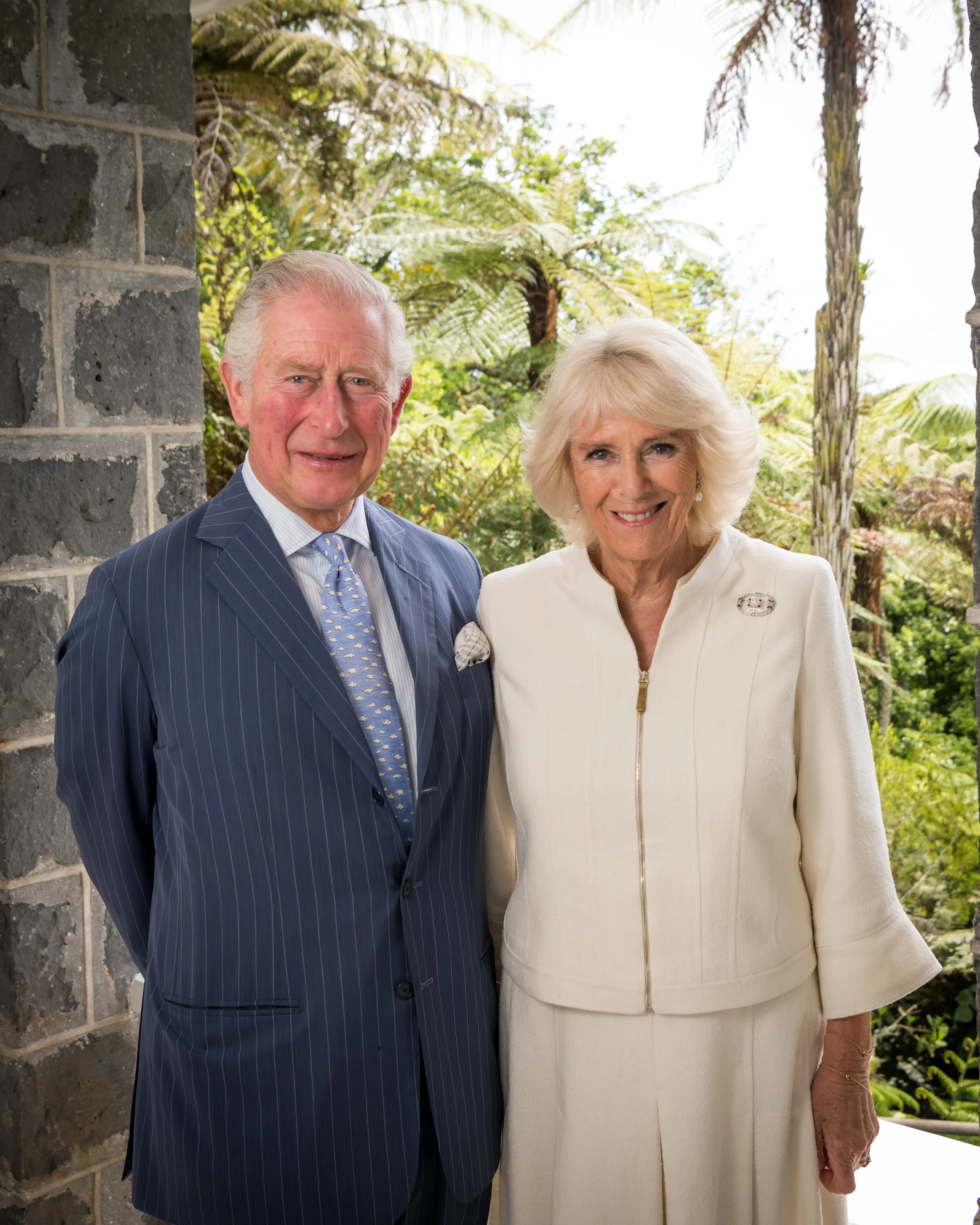King Charles and Queen Camilla’s first meeting with the Pope
Image Credit: Mark Tantrum via Wikimedia Commons
King Charles III has become the first British monarch to pray at a public service with the Pope since Henry VIII’s Reformation 500 years ago. King Charles, Supreme Governor of the Church of England and his wife, Queen Camilla, joined Pope Leo XIV for a service under Michelangelo’s ceiling frescoes in the Sistine Chapel.
In the centuries between Henry VIII’s break with Rome, which severed England from the papacy and created the Church of England, relations between the English state and the Vatican have been strained.
Christ’s commanding figure loomed over the service in Michelangelo’s Last Judgment, painted amidst the Reformation’s convulsions across Europe. The fresco has long read as a vision of divine reckoning. However, five centuries later, King Charles and the Pope’s joint prayer beneath the frescoes frames their gesture as one of shared humility and faith, both men standing beneath divine authority and not competing for it.
English prayer and Latin script simultaneously rang through the chapel, as Pope Leo concluded the service:
“Let us pray. God our Father, you have created the heavens and the earth and made us in your own image: teach us to see your hand in all your works and your likeness in all your children. Through Christ our Lord.”
For King Charles, participation in shared prayer signals a shedding of cold reservations towards Rome, and a move towards religious unity, especially in the discord of the world beyond the walls of the Sistine Chapel.
At home, the monarchy faces increasing crisis; Andrew Mountbatten-Windsor was recently stripped of his royal titles, capping off his fall from grace over associations with sex offender Jeffrey Epstein. Globally, headlines of the war in Gaza continue, with Netanyahu having recently ordered ‘forceful strikes’ on Gaza, post ceasefire, over claims that Hamas had violated the agreements.
In such a divided time, Pope Leo and King Charles’s joint prayer acts as a reminder of moral authority. Five centuries after Henry VIII’s defiance of the Roman Catholic Church, the sight of a British monarch prayer beneath Michelangelo’s Last Judgment offers a rare vision of repair, reconciled under God’s final judgment.

